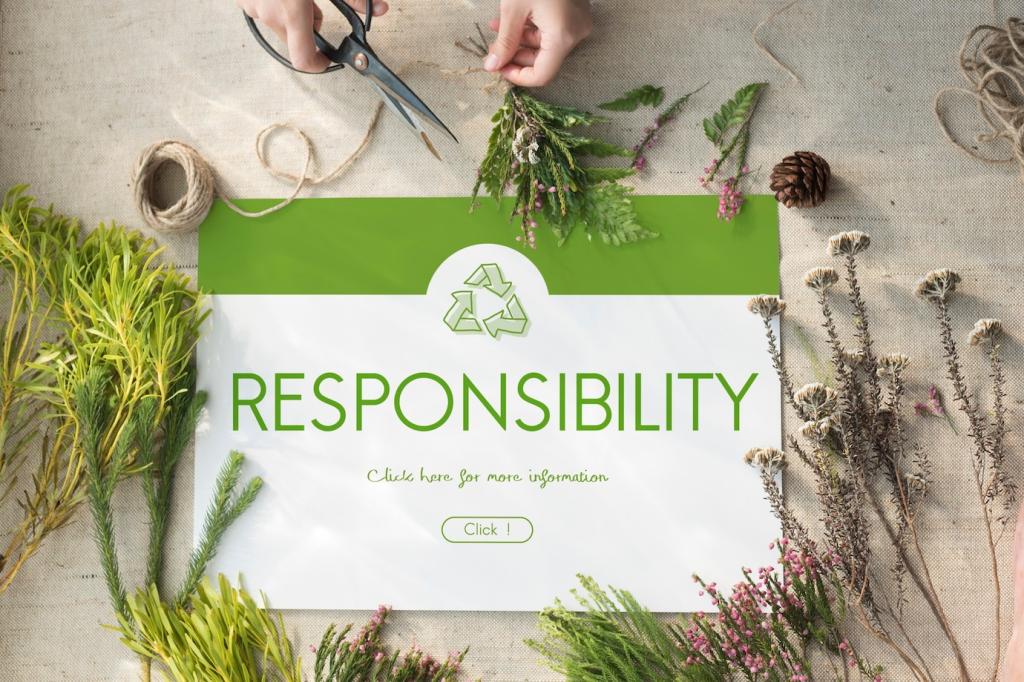Localization and Cultural Nuance
Avoid idioms that obscure intent. Replace “low-hanging fruit” with a locally meaningful metaphor. Convert measurements into familiar units and reference local seasons, utilities, or community programs. When a city blog shifted to neighborhood-specific examples, readers reported feeling seen and clicked through to resources designed for their exact circumstances.
Localization and Cultural Nuance
Invite residents, workers, and organizers to review phrasing and share lived experiences. Feature quotes and photo essays that credit contributors. Co-authored copy carries credibility because it reflects real trade-offs people manage. Ask for feedback forms or voice notes; promise to publish updates, and follow through so participation feels valued, not extracted.





